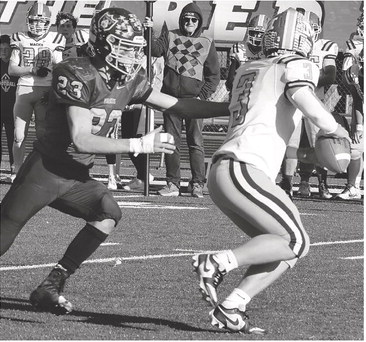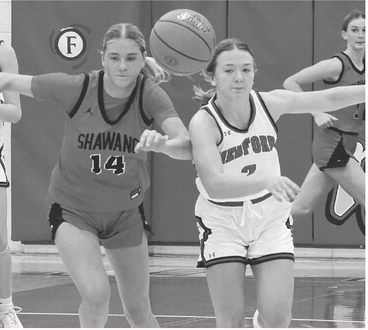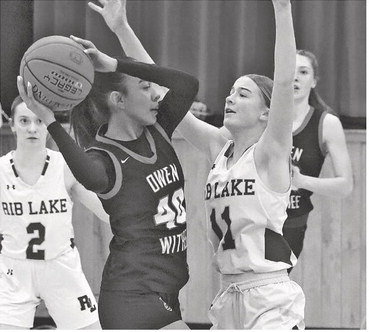Butler finally gets in; Sharpe and possibly Holmgren should be next


A tip of the cap to LeRoy Butler for his induction this past weekend into the Pro Football Hall of Fame in Canton, Ohio in recognition of his outstanding 12-year career with the Gr...



